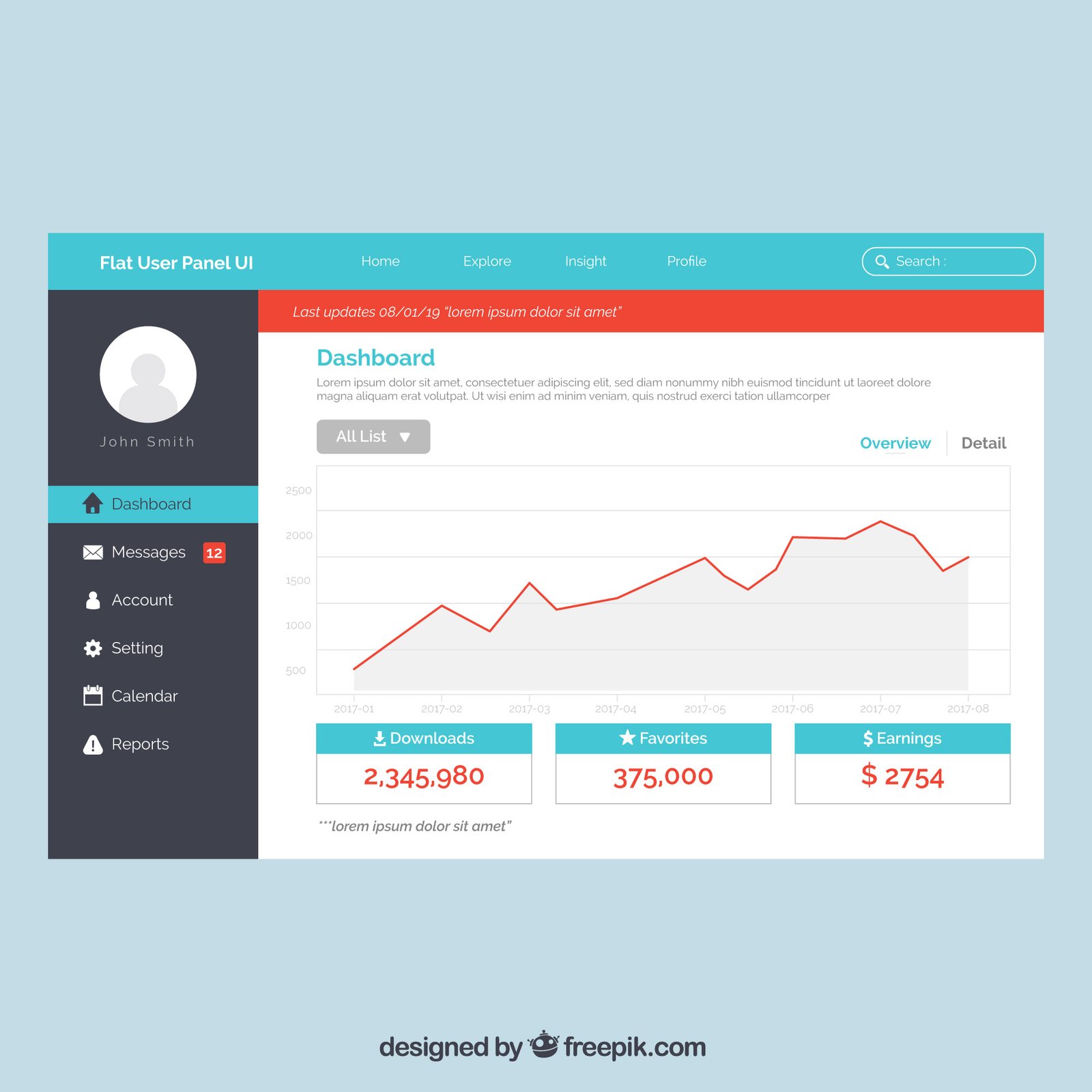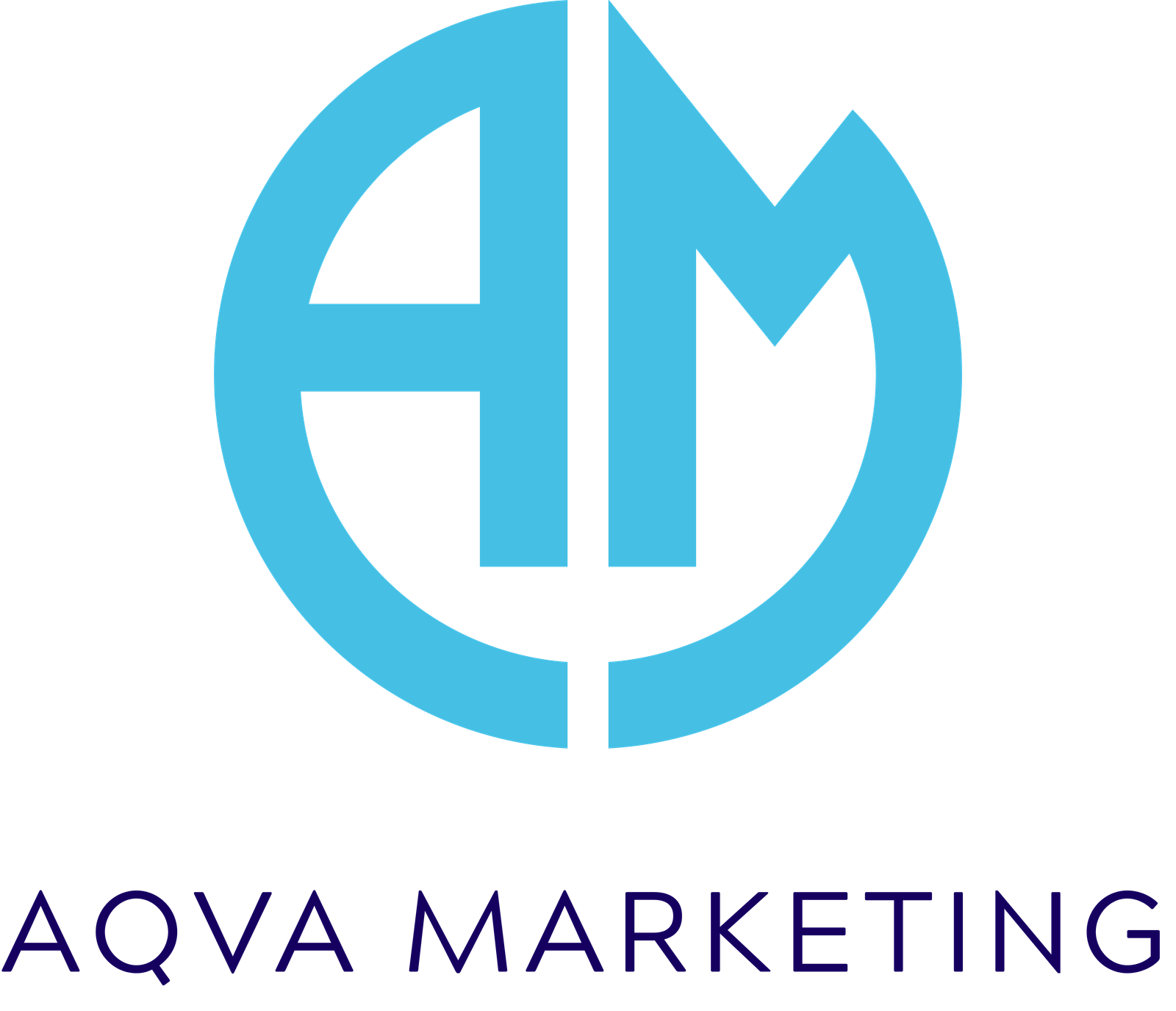
Digital marketing ROI is not just a fancy number that marketers like to flaunt. It is the very measure of whether your campaigns are paying off or burning holes in your pocket. In fact, the first question every business owner should ask after running a campaign is: “What am I really getting in return?”
At Aqva Marketing, we meet brands all the time who are excited about their social media likes or website traffic, but hesitant when asked about returns. The truth is, vanity metrics don’t pay the bills. ROI does. Measuring digital marketing ROI is what tells you if your investment is actually bringing business growth.

What Is Digital Marketing ROI?
Digital marketing ROI tells you how much money you make compared to how much you spend on a campaign.
The formula looks like this:
ROI (%) = (Revenue – Cost of Campaign) ÷ Cost of Campaign × 100
For example, if you spend $2,000 on ads and make $8,000 from sales, your ROI is 300%. But ROI isn’t always just about sales. Sometimes the value lies in leads, brand trust, or repeat customers. That’s why looking at the bigger picture is so important. Instead of just looking at what you got immediately in terms of sales, you should also look at the long-term gains.
Why Should You Measure Digital Marketing ROI?
Because what you don’t measure, you can’t improve.
Imagine running ads, SEO, and email marketing all at once. Without ROI tracking, you may think everything is working equally well. But in reality, maybe only one channel is delivering results while the others are draining resources.
We’ve seen this countless times at Aqva Marketing. A client once split their budget across multiple platforms. The ROI data showed 70% of returns were coming from just one channel. By focusing efforts there, the client doubled revenue within months.
How to Find Your Digital Marketing ROI
Not all ROI shows up in the same way. Here are the big metrics you need to pay attention to:
1. Customer Acquisition Cost (CAC)
How much do you spend to win one new customer? If CAC is too high, your ROI will suffer.
2. Customer Lifetime Value (CLV)
ROI isn’t only about one purchase. A loyal customer who buys again and again increases long-term ROI.
3. Conversion Rates
Traffic is useless if it doesn’t convert. Always check how many visitors actually take action.
4. Assisted Conversions
Sometimes, a blog or ad doesn’t close the sale but nudges the customer forward. Ignore this, and you undervalue your marketing.
5. Attribution Models
Do you give credit to the first ad someone clicked, or the last? Or do you spread it across all touchpoints? Your choice changes the ROI picture dramatically.
The Tools That Make Digital Marketing ROI Tracking Easy
Thankfully, we don’t have to guess. Here are some tools that simplify ROI tracking:
- Google Analytics for traffic, conversions, and customer journeys.
- HubSpot for full-funnel ROI tracking, from leads to deals.
- SEMRush for measuring ROI from SEO efforts.
- Facebook Ads Manager for detailed ad campaign returns.
At Aqva Marketing, we often build custom dashboards for clients that pull data from all these tools into one place. You don’t have to jump between 10 different tabs.
A Real-World Example
Here’s a quick story. A mid-sized online fashion retailer came to us with ad spend spread across Facebook Ads and influencer marketing.
- Facebook Ads spend: $12,000 → Revenue: $48,000
- Influencer spend: $15,000 → Revenue: $19,000
At first glance, both looked good. But when we calculated ROI:
- Facebook Ads ROI = 300%
- Influencer ROI = 27%
The numbers made the decision clear. By reallocating budget to Facebook Ads, the brand saw a 65% revenue increase the following quarter. ROI told the truth, numbers don’t lie.
The Challenges of Measuring Digital Marketing ROI
Measuring ROI sounds simple, but there are hurdles:
Long Sales Cycles
In B2B, it might take months for leads to turn into sales. You need to track smaller wins like sign-ups and downloads.
Attribution Confusion
Was it the blog, the email, or the ad that sealed the deal? Multi-touch attribution helps here.
Non-Financial Gains
Engagement, loyalty, and trust aren’t easy to put into numbers, but they’re ROI drivers too.
At Aqva Marketing, we often help businesses translate these “invisible” gains into measurable value.
How to Improve Digital Marketing ROI
Knowing ROI is half the battle. The next step is improving it. Here’s how:
- Test everything. A different headline or image can change conversion rates.
- Scale what works. Don’t spread thin. Double down on your best-performing channel.
- Automate. Use automation for repetitive tasks to save time and costs.
- Retarget. Retargeted ads convert 70% better than cold ads.
- Get expert help. Agencies like Aqva Marketing exist to make sure every dollar counts.
Final Word
Measuring digital marketing ROI is not optional. It tells you what to keep, what to drop, and where to scale.
At Aqva Marketing, we often say: ROI is your compass. Without it, you’re navigating blind. With it, you’re driving growth with clarity.
So the next time you run a campaign, don’t just ask, “How many likes did we get?” Ask, “What was the ROI?” Because that’s the only number that truly matters.
